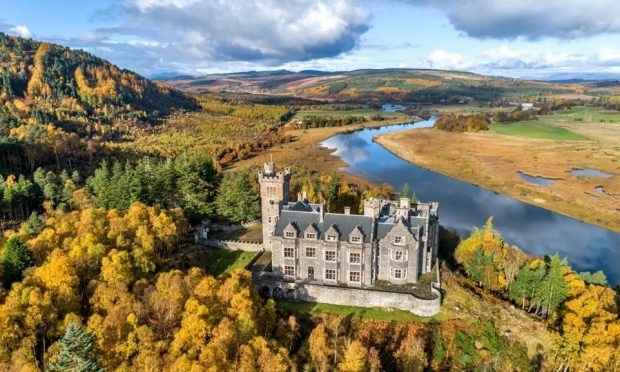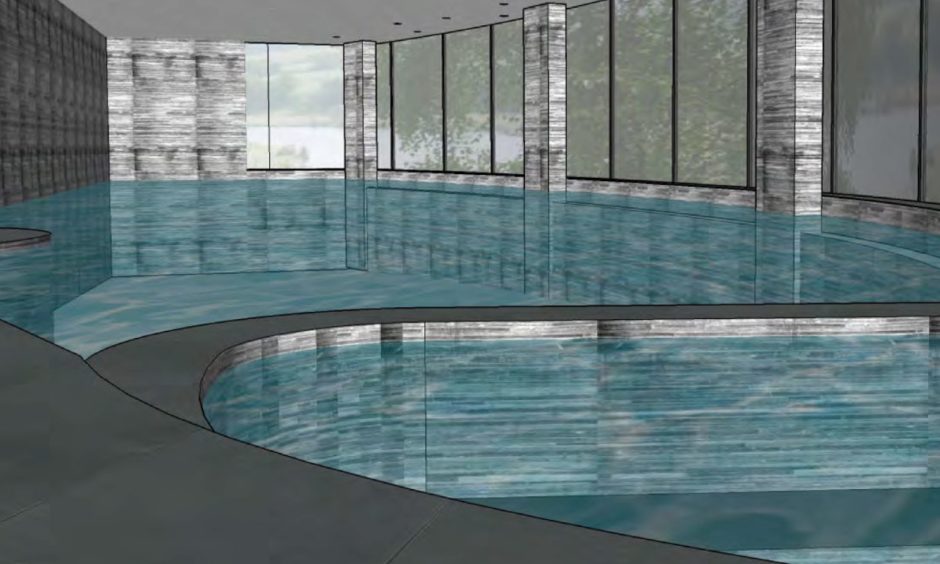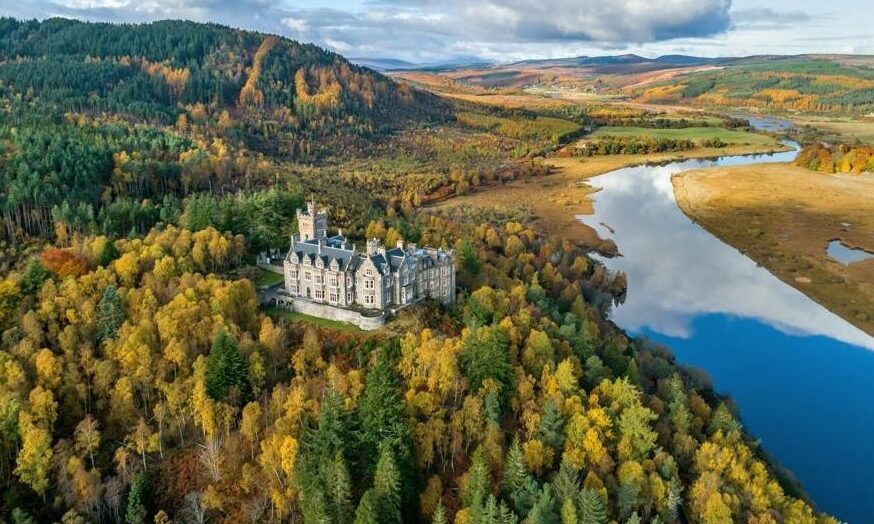A historic Highland castle is back on the market for the second time in five years after plans to turn it into a “world class private residence” stalled.
Carbisdale Castle, which occupies a spectacular hilltop location in Sutherland, is for sale at offers over £1.5 million, with potential buyers being sought for a “world class development opportunity”.
The 40-bedroom landmark, built in the early 1900s, has been home to a duchess, a wartime refuge for a king and, for decades, a youth hostel.
Between 2012 and 2014 the Scottish Youth Hostels Association spent around £2 million on extensive structural work and repairs, but eventually put it up for sale.
It was bought in 2016 by London-based investment firm FCFM Group, now known as Faro Capital. It intended to restore the B-Listed building near Ardgay “to its former glory as a world-class private residence”.
Plans for spa and swimming pool
Two years later the company lodged plans with Highland Council for a basement spa and swimming pool under the castle’s terrace.
The plans envisaged the spa area, with gym and jacuzzi, would be finished in dressed sandstone and natural stone tiles, with a bronze handrail to the spiral steps. The swimming pool would have sliding glazed panels and enjoy views of the Kyle of Sutherland.
Selling agents Strutt and Parker said significant work has been carried out since 2017, but operations required to complete the project have been “put on hold”.
“This provides the flexibility to purchasers to either complete the development of the castle as a private home, or seek to vary the Listed Building Consent to include the development of the building for commercial use or the subdivision of the building as residential apartments.”
Robert McCulloch, Strutt and Parker’s director, estates and farm agency, said: “As a result of a change of ownership of the company the new owner has taken the decision to sell the property rather than see the project through. They don’t have the same appetite as the previous owner and therefore are offering it for sale.
Opportunity to finish the project
“In essence it is still a project. The current owners have done a good deal of work to the place and secured consent to convert if from its former institutional use as a youth hostel back to a private home.
“The opportunity now is for someone to take it on and finish the project. That could be a private home or back into commercial, or quasi commercial, use, or indeed, subject to planning, subdividing into apartments.”
He added: “It’s a building that has a future. Because of the iconic nature of its appearance and setting it will undoubtedly attract interest from all over the place.
“It’s an outstanding opportunity. The success of the North Coast 500 has been unbelievable and there is a shortage of accommodation throughout the far north Highlands.
“My personal view is that here is a good opportunity for someone with vision and the wherewithal to see the project through and make a commercial success of the building and give people the opportunity to enjoy it in the years ahead.
“The building deserves to be enjoyed, to be used and to be restored to preserve it for the long term.”
Castle built ‘to spite estranged family’
Carbisdale Castle was built between 1905 and 1917 for Mary Caroline, Duchess of Sutherland, the second wife of George Sutherland-Leveson-Gower, 3rd Duke of Sutherland.
The marriage was not well liked in the Sutherland family and when the duke died in 1892 his will, in favour of the duchess, was contested by his son, the 4th duke.
Eventually, an agreement was reached giving the duchess a substantial settlement and an agreement to build a castle as long as it was outside of the Sutherland Estate.
It was said that the site was deliberately chosen for its prominence by the estranged duchess to spite her husband’s family. This was supported by the castle’s tower having clocks on only three of its four faces – the side facing Sutherland is blank – allegedly because the duchess did not wish to ‘give the time of day’ to her late husband’s family.
It was bought in 1933 by Colonel Theodore Salvesen, a Scottish businessman of Norwegian extraction. He provided the castle as a safe refuge for King Haakon VII of Norway and Crown Prince Olav during the Nazi occupation of Norway in the Second World War.
After the Colonel died his son, Captain Harold Salvesen, inherited the castle and gave its contents and estate to the Scottish Youth Hostels Association.
It opened as a hostel in 1945 and remained in the ownership of the SYHA until the costs of owning and maintaining the buildings and its contents became untenable and the castle was offered for sale.


